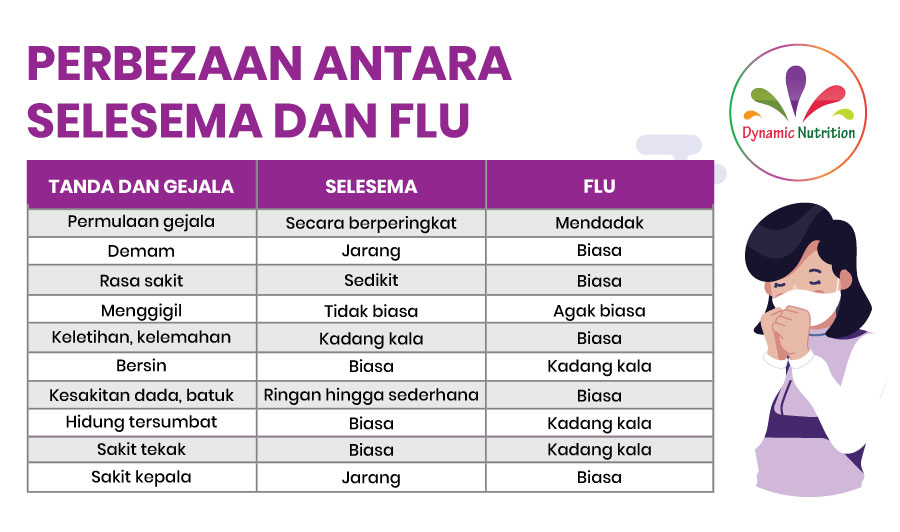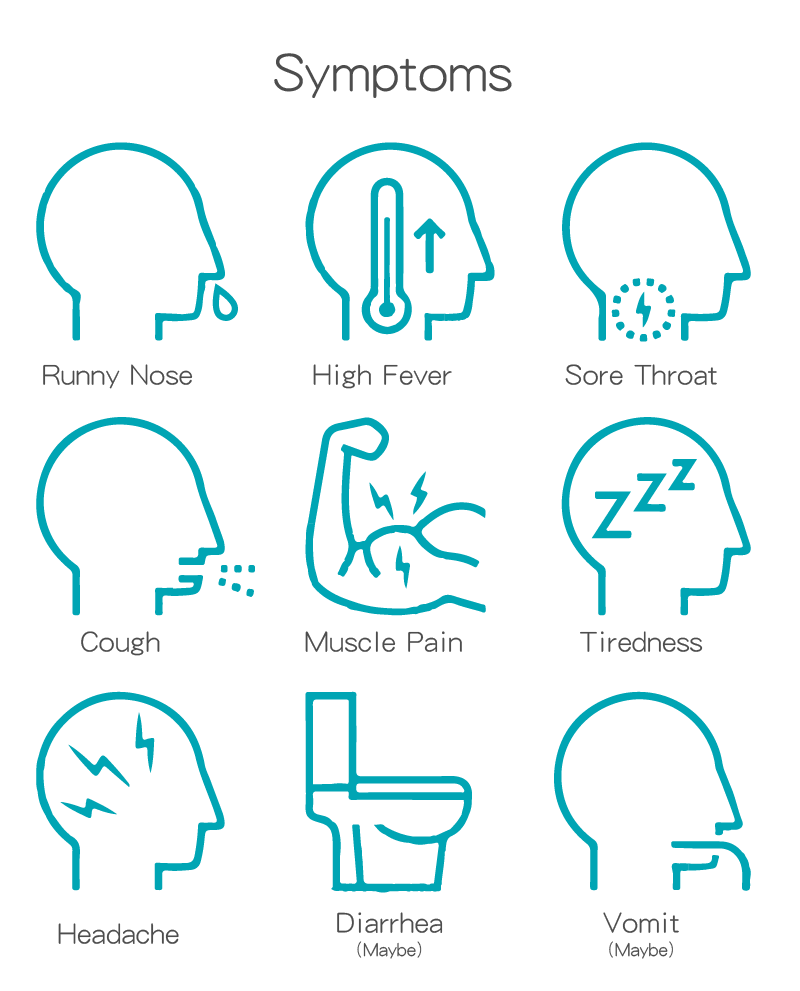Table of Contents
- Pengalaman Demam Influenza A, Sakit & Perit Mengalahkan Kena Covid-19
- Pin on Health
- 7 Common Flu Symptoms and Their Characteristics – Minivan Momma
- Musim Influenza, Bagaimana Mencegah Penyakit Yang Simptomnya Seakan ...
- 10 Tips to Get You Through Cold and Flu Season - Page 2 of 10 - SMA ...
- Perbezaan antara Selesema dan Flu | Dynamic Nutrition
- آزمایش آنفولانزا دارای چند نوع بوده و چگونه انجام می شوند؟ - آنی آزما
- Flu Symptoms Clinical Research Study In San Diego, CA
- Medtimes 時代醫療集團:官方網站
- Influenza Is More Serious Than You Think



What is Influenza A?



What is Influenza B?



Symptoms of Influenza A and Influenza B
The symptoms of Influenza A and Influenza B are similar and can include: Fever Chills Cough Sore throat Runny or stuffy nose Headache Fatigue Muscle or body aches However, Influenza A can cause more severe symptoms, such as pneumonia, acute respiratory distress syndrome (ARDS), and other complications, especially in high-risk groups.